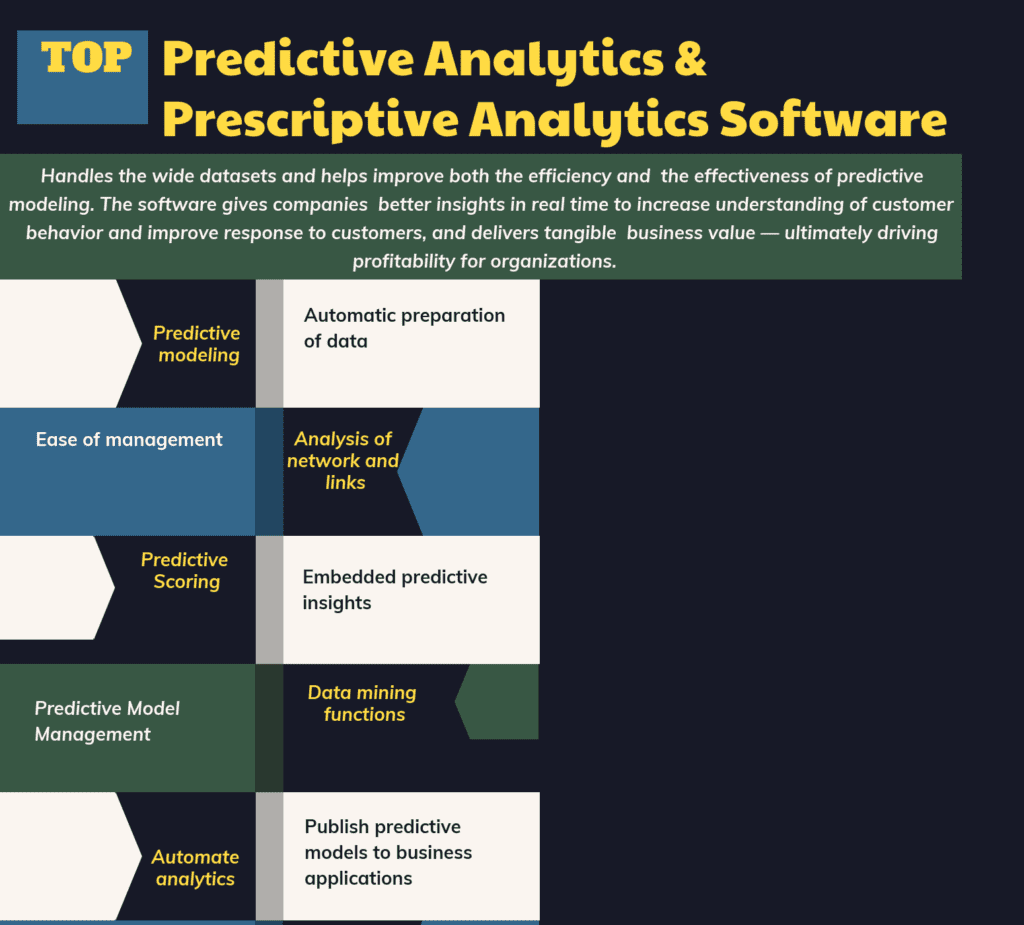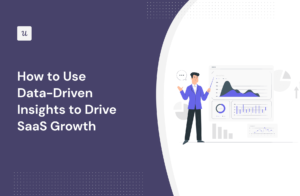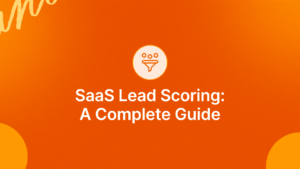Predictive business modeling helps companies forecast future trends. SaaS analytics tools simplify this process.
They provide insights and data-driven predictions. Predictive business modeling is crucial for strategic planning. Businesses can anticipate market changes and make informed decisions. SaaS analytics tools offer a streamlined way to harness this power. These tools collect, analyze, and interpret vast amounts of data.
This helps businesses foresee potential outcomes and adjust strategies accordingly. Companies can stay ahead of the competition and improve efficiency. Understanding the right tools can make a significant difference. In this blog post, we will explore the best SaaS analytics tools for predictive business modeling. Discover how they can help your business thrive in an ever-changing market.
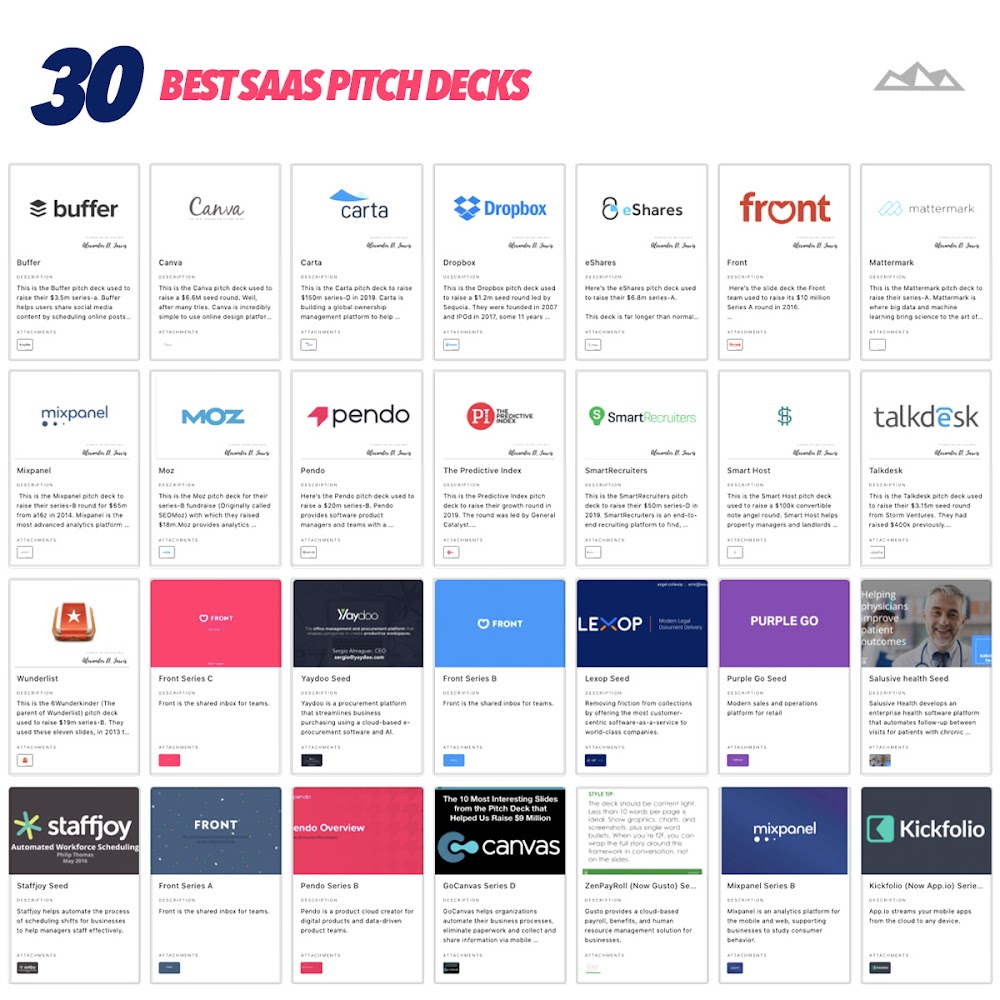
Credit: www.saasacademy.com
Introduction To Saas Analytics
In the dynamic world of business, staying ahead of the curve is essential. Predictive business modeling helps companies foresee trends, make informed decisions, and optimize operations. SaaS analytics tools are central to this process. These tools offer robust features to analyze data and predict future outcomes. This section introduces the concept of SaaS analytics.
What Is Saas?
SaaS stands for Software as a Service. It is a cloud-based service. Users access software through the internet. They do not need to install or maintain it. SaaS applications run on the provider’s servers. This means less hassle for the user. SaaS is popular due to its convenience and scalability.
Importance In Business
SaaS analytics tools are vital for businesses. They provide real-time data insights. Companies can track performance and identify trends. Predictive modeling becomes easier. This helps in making data-driven decisions. It also reduces risks and improves efficiency.
With SaaS, businesses can adapt quickly. They do not need to worry about hardware or software updates. The provider handles everything. This allows businesses to focus on their core activities. SaaS analytics tools are essential for modern business success.
Predictive Business Modeling
Predictive Business Modeling is transforming how businesses forecast future trends. By leveraging data, businesses can anticipate outcomes and make informed decisions. This process is crucial for staying competitive in today’s fast-paced market. Let’s delve into the concept and benefits of predictive business modeling.
Curious about CRM and Customer Support? This post offers a deeper understanding. Saas CRMs for Multilingual Customer Support: Boost Global Engagement
Concept Overview
Predictive business modeling uses data, statistics, and algorithms to predict future events. It involves analyzing historical data to find patterns and trends. These insights help in making forecasts about future outcomes. The primary goal is to make better business decisions by understanding potential future scenarios.
Benefits Of Predictive Modeling
Predictive modeling offers numerous advantages for businesses:
- Improved Decision Making: Helps in making data-driven decisions.
- Risk Management: Identifies potential risks before they occur.
- Cost Reduction: Optimizes operations and reduces unnecessary expenses.
- Customer Insights: Understands customer behavior and preferences.
- Revenue Growth: Identifies opportunities for increasing revenue.
By integrating predictive business modeling, businesses can forecast trends, plan strategically, and stay ahead of the competition. This tool is invaluable for any business aiming to thrive in an uncertain market.
Key Features Of Saas Analytics Tools
Predictive business modeling has become vital for modern enterprises. SaaS analytics tools offer businesses the ability to forecast trends, understand customer behavior, and make data-driven decisions. Let’s explore the key features that make these tools indispensable.
Data Integration
Effective SaaS analytics tools excel in data integration. They aggregate data from multiple sources. This includes databases, cloud storage, and third-party applications. A unified data view is essential for accurate analysis. Businesses can then make informed predictions based on a complete dataset.
Real-time Analysis
Real-time analysis is a standout feature of SaaS analytics tools. These tools process data instantly as it arrives. This allows businesses to react swiftly to changes. Immediate insights can lead to timely decisions. Real-time data helps in monitoring ongoing trends and adjusting strategies promptly.
Customizable Dashboards
Customizable dashboards provide a tailored analytics experience. Users can design their dashboard to highlight key metrics. This personalization ensures that relevant information is easily accessible. Custom dashboards help in focusing on specific business goals. They also enhance user engagement and productivity.
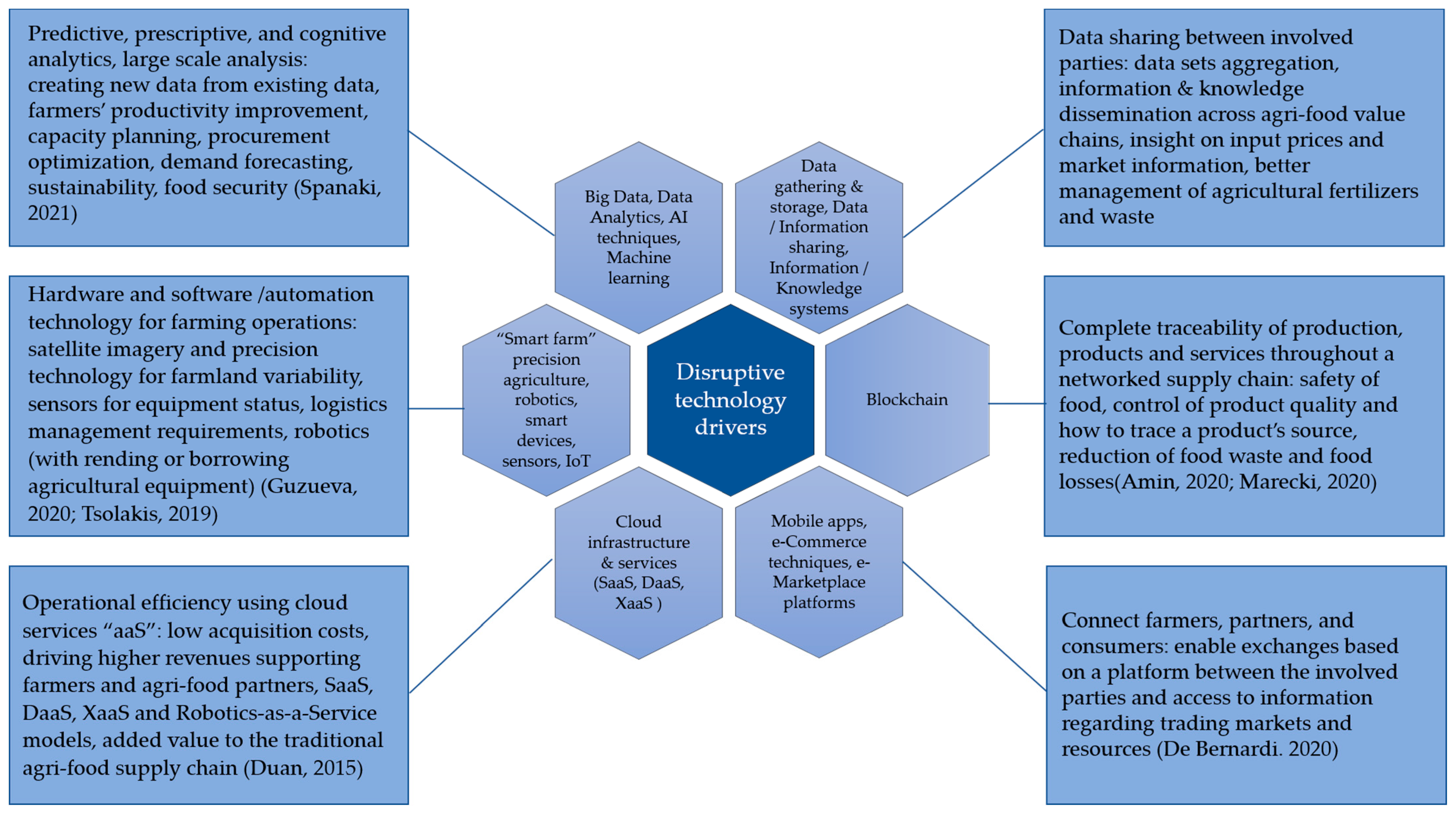
Credit: www.mdpi.com
Top Saas Analytics Tools
Businesses need accurate data to make informed decisions. SaaS analytics tools help with predictive business modeling. Choosing the right tool is crucial. This section will explore the top SaaS analytics tools available.
Looking to expand your understanding of CRM and Customer Support? This article could be just what you need. Why Does Zoho CRM Have List Descending: Top Benefits Explained
Popular Choices
Several SaaS analytics tools stand out in the market. Each offers unique features and benefits. Let’s look at some popular choices.
Tableau: Known for its powerful data visualization capabilities. It helps users create interactive and shareable dashboards. It connects to multiple data sources seamlessly.
Google Analytics: Widely used for tracking website performance. It provides insights into user behavior and traffic sources. The tool is user-friendly and integrates well with other Google services.
Looker: This tool offers a data platform that simplifies complex data. It helps businesses make better decisions with real-time insights. Looker is also known for its robust data exploration features.
Mixpanel: Ideal for tracking user interactions with web and mobile applications. It provides detailed reports on user behavior and engagement. Mixpanel is great for product analytics.
Comparative Analysis
Choosing the right SaaS analytics tool depends on your needs. Comparing features can help.
Ease of Use: Google Analytics and Mixpanel are user-friendly. Tableau and Looker may require some learning.
Integration Capabilities: Tableau and Looker offer extensive integrations. Google Analytics integrates well with Google products. Mixpanel connects with many marketing tools.
Cost: Google Analytics offers a free version with limited features. Tableau and Looker may be pricier but offer advanced capabilities. Mixpanel provides flexible pricing based on usage.
Customization: Tableau excels in creating custom visualizations. Looker offers robust customization options. Google Analytics and Mixpanel provide standard reporting but less customization.
Choose a tool that fits your business needs. Consider ease of use, integration, cost, and customization.
Implementing Saas Analytics
Implementing SaaS analytics tools can transform your business. These tools help in predictive business modeling by providing actionable insights. You can make data-driven decisions and forecast future trends. Let’s dive into the steps to get started and best practices for implementation.
Steps To Get Started
- Identify Your Needs: Understand what you want to achieve with SaaS analytics. Define your goals clearly.
- Choose the Right Tool: Research and select a tool that fits your needs. Look for features that align with your goals.
- Data Integration: Ensure the tool can integrate with your existing systems. This step is crucial for seamless data flow.
- Set Up and Configure: Properly set up the tool. Configure it to match your business processes.
- Train Your Team: Provide training to your staff. Make sure they know how to use the tool effectively.
- Monitor and Adjust: Regularly monitor the tool’s performance. Make adjustments based on the insights you gather.
Curious about CRM and Customer Support? This post offers a deeper understanding. Real-Time Metrics Tracking for E-Commerce CRM Users: Boost Sales Now
Best Practices
- Start Small: Begin with a pilot project. Test the tool’s capabilities before full-scale implementation.
- Data Quality: Ensure your data is clean and accurate. Good data quality leads to better insights.
- Continuous Learning: Keep up with updates and new features. Regularly train your team on these changes.
- Collaboration: Involve all relevant departments. Collaboration ensures comprehensive data analysis.
- Security: Prioritize data security. Choose a tool with robust security features to protect sensitive information.
- Feedback Loop: Create a system for feedback. This helps in improving the tool’s usage and effectiveness.
Implementing SaaS analytics tools requires a systematic approach. Follow these steps and best practices for successful implementation. The right strategy can lead to significant business growth and improved decision-making.
Case Studies
Understanding how SaaS analytics tools work for predictive business modeling is best done through real-life examples. Case studies offer insights into practical applications and outcomes. They demonstrate how different businesses have successfully implemented these tools and the lessons they learned in the process.
Successful Implementations
Company X used a SaaS analytics tool to predict market trends. They analyzed historical sales data and customer behavior. This helped them make informed decisions. As a result, they improved their inventory management and reduced costs.
Another example is Company Y. They implemented predictive modeling to forecast employee turnover. By analyzing employee data, they identified key factors leading to turnover. This enabled them to take preventive measures, improving employee retention rates.
Lessons Learned
One of the key lessons from Company X’s experience was the importance of data quality. Clean, accurate data is crucial for effective predictive modeling. They invested in data cleaning processes, which paid off in more reliable predictions.
Company Y learned the value of continuous monitoring. Predictive models need regular updates to stay accurate. They established a routine for updating their models, ensuring they always had the most current insights.
Both companies found that involving key stakeholders early in the process is essential. This helps in aligning the goals of the predictive modeling with the business objectives. It also ensures better adoption and usage of the insights generated.
Challenges And Solutions
Implementing SaaS Analytics Tools for Predictive Business Modeling can be transformative. Yet, businesses often face challenges that can hinder progress. This section explores common obstacles and provides effective solutions.
Common Obstacles
Businesses encounter several challenges while adopting SaaS Analytics Tools. These tools offer predictive modeling capabilities but can be complex to implement.
- Data Integration Issues: Integrating data from various sources can be difficult.
- Data Quality Concerns: Poor data quality can lead to inaccurate predictions.
- Cost Management: High costs may be involved in deploying these tools.
- Security Risks: Ensuring data security is a top priority but can be challenging.
- User Training: Staff may require extensive training to use the tools effectively.
Effective Solutions
Each obstacle has a solution that can streamline the implementation of SaaS Analytics Tools for predictive business modeling.
- Data Integration: Use data integration platforms that support multiple data sources.
- Data Quality: Implement data cleansing tools to ensure high-quality data.
- Cost Management: Opt for scalable solutions that allow you to pay for only what you use.
- Security: Use encryption and strong access controls to secure your data.
- Training: Provide comprehensive training programs to ensure user proficiency.
Future Trends
Future trends in SaaS analytics tools are shaping the way businesses operate. Predictive business modeling is becoming more advanced. Companies are looking for tools that can predict future outcomes with more accuracy. These tools are evolving with the help of new technologies.
Emerging Technologies
New technologies are making predictive business modeling more powerful. Artificial Intelligence (AI) and Machine Learning (ML) are leading the charge. These technologies help analyze large amounts of data quickly. They can identify patterns that humans might miss. This makes predictions more accurate.
Cloud computing is also playing a big role. It allows businesses to store and process large datasets. This means they can run complex models without needing expensive hardware. Cloud-based tools are also more scalable. They can grow with the business.
Predictions For The Industry
The future of SaaS analytics tools looks bright. More businesses will adopt these tools. They will become a standard part of business operations. Companies will rely on predictive models to make decisions. This will help them stay competitive.
We will see more integration of these tools with other business software. This will make it easier to use the insights gained. Real-time analytics will become more common. Businesses will get instant insights, allowing them to act quickly.
Overall, the trend is towards more intelligent and integrated tools. These tools will help businesses predict the future more accurately. They will enable smarter decisions and better outcomes.
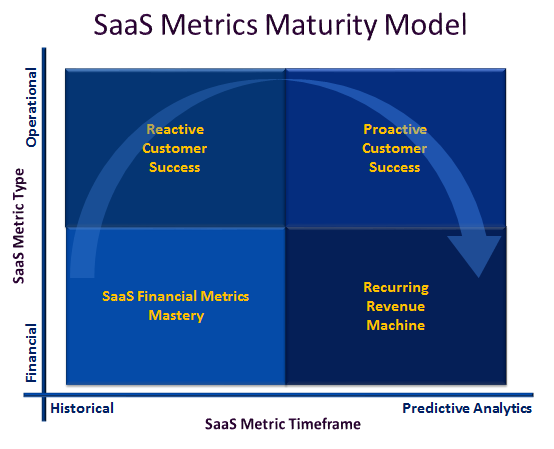
Credit: chaotic-flow.com
Frequently Asked Questions
What Are Saas Analytics Tools?
SaaS analytics tools are cloud-based software that help businesses analyze data. They provide insights for better decision-making.
How Do Predictive Business Models Work?
Predictive business models use historical data to forecast future outcomes. They employ algorithms and machine learning techniques.
Why Use Saas Analytics For Business Modeling?
SaaS analytics tools offer scalability, real-time data processing, and cost-efficiency. They enable better business insights and decisions.
Which Industries Benefit From Saas Analytics?
Industries like finance, healthcare, retail, and manufacturing benefit greatly. They use these tools for data-driven decision making.
Conclusion
SaaS analytics tools simplify predictive business modeling. They offer valuable insights quickly. Businesses can make informed decisions. These tools help forecast trends. They also identify potential risks. Simple interfaces make them easy to use. Even for non-technical users. Embracing SaaS analytics can improve efficiency.
It can also drive better outcomes. Invest in the right tool today. Watch your business grow smarter.

